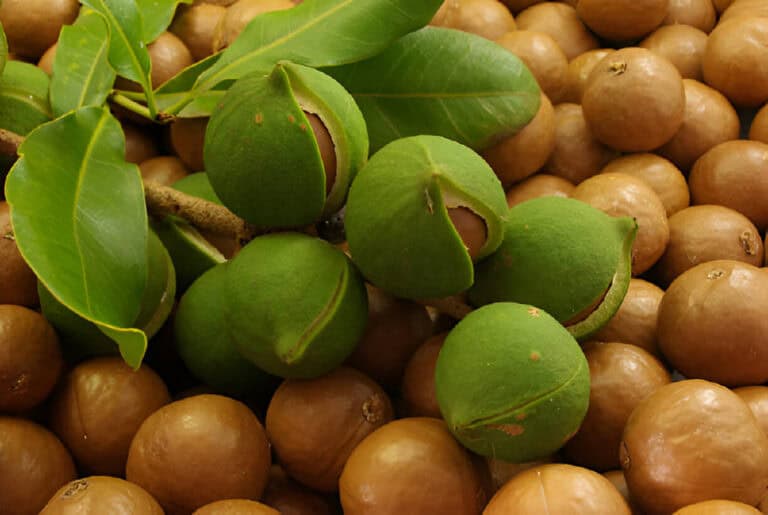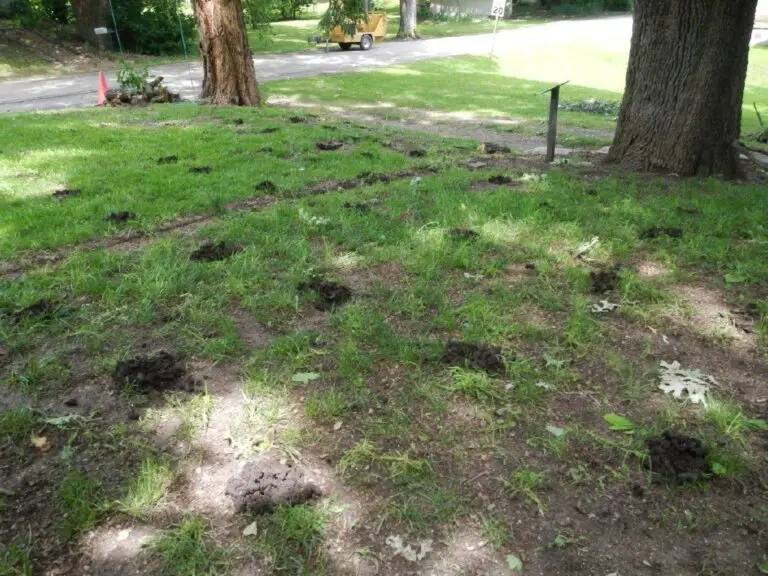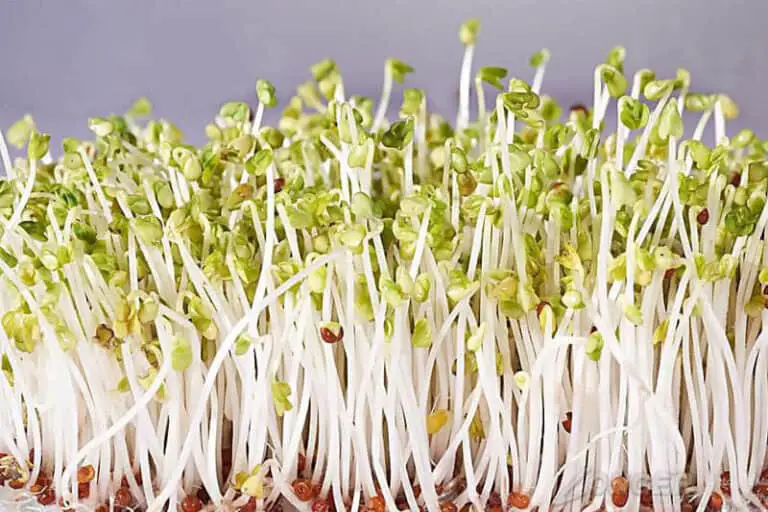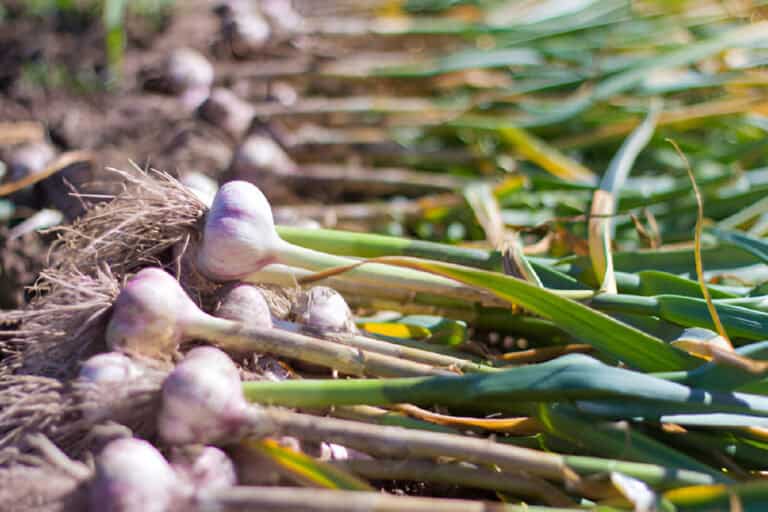Cutting Back Alyssum Plant: Step By Step Trimming Guide
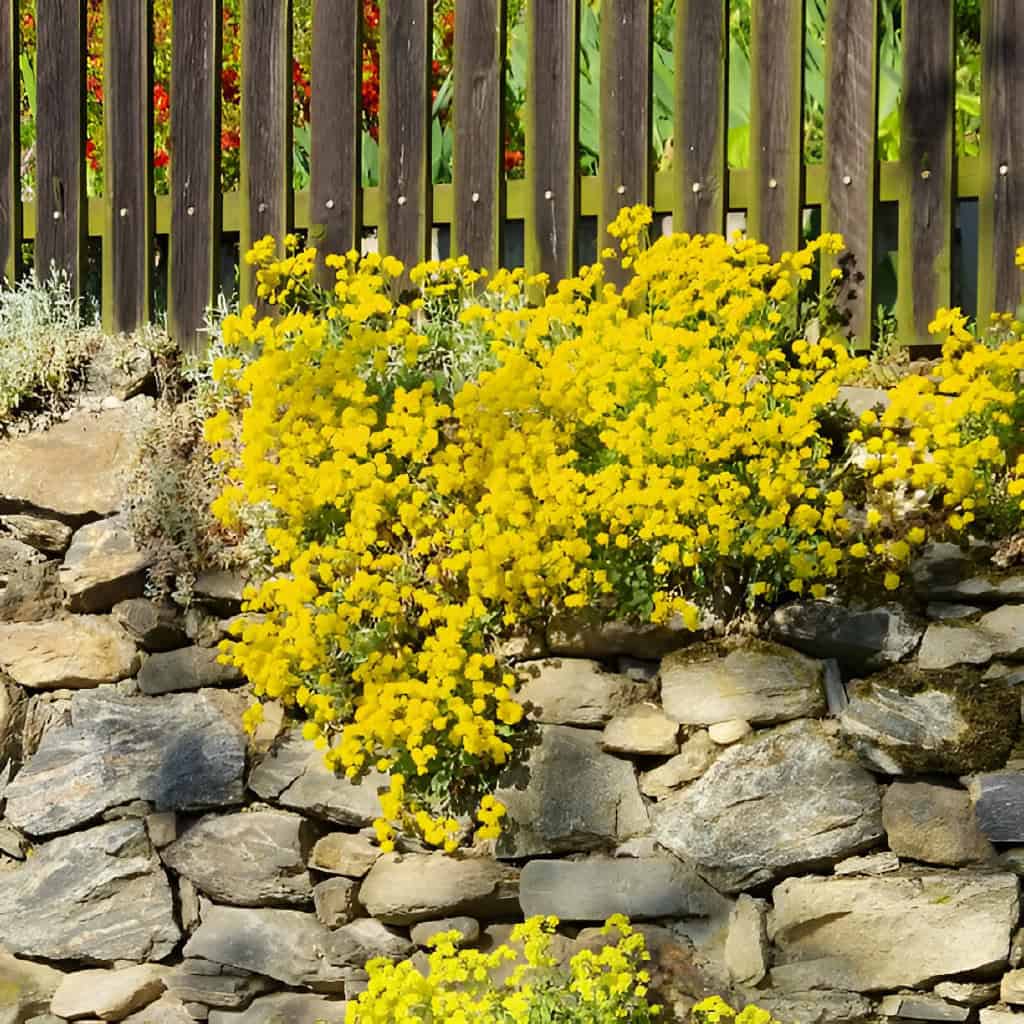
Are your Alyssum plants starting to look leggy or overgrown? Knowing when and how to prune Alyssum can greatly improve their appearance. It can also promote healthier growth.
In this article, we’ll cover the key techniques and timing for trimming Alyssum. This will keep your plants compact, full of blooms, and thriving all season. Dive into our expert tips to keep your garden looking its best!
Whether you’re new to gardening or a seasoned enthusiast, knowing the best ways to cut back Alyssum can make a big difference. It’s key to keeping a vibrant and flourishing garden.
Understanding Alyssum Plants
Alyssum, scientifically known as Lobularia maritima, is a hardy, low-growing plant that produces masses of small, sweet-scented flowers. People like them in garden beds and containers. They cover the ground and add color with their white, pink, purple, or yellow blooms.
Benefits of Pruning Alyssum
Pruning Alyssum plants maintains their shape. It also encourages new growth and longer blooming. Regular trimming removes dead or diseased parts, preventing the spread of pests and diseases. Also, pruning boosts air flow and light penetration. These are crucial for the plant’s health.
When to Prune Alyssum
The timing of pruning Alyssum is vital for optimal growth. The best time to trim Alyssum is during the growing season, particularly after the first flush of blooms. This typically occurs in late spring or early summer.
Pruning after the initial bloom encourages a second flowering period and keeps the plant looking fresh. Avoid pruning in late fall or winter, as this can stress the plant during its dormant phase.
Signs Your Alyssum Needs Pruning
- Overgrown, leggy appearance
- Dead or yellowing leaves and flowers
- Reduced blooming
- Dense growth limiting airflow and sunlight
Tools and Preparation
Having the right tools and being adequately prepared is essential for effective pruning. Clean, sharp tools make precise cuts and minimize the risk of disease transmission.
Essential Tools
- Pruning shears: Ideal for cutting small stems and leaves.
- Gloves: To protect your hands from dirt and potential irritants.
Table: Pruning Tools for Alyssum
| Tool | Use |
| Pruning Shears | Cutting small stems and leaves |
| Gloves | Protecting hands from dirt |
| Disinfectant | Cleaning tools to prevent diseases |
Pruning Alyssum Plant: Step-by-Step Guide
1. Inspect the Plant
Start by thoroughly inspecting your Alyssum plant. Look for any dead, diseased, or damaged parts. Identifying these areas helps you determine where to make your cuts.
2. Remove Dead and Diseased Parts
Begin by cutting back any dead or diseased stems and leaves. Make your cuts just above a healthy part of the plant, ensuring you remove all affected areas to prevent disease spread.
3. Trim Overgrown Stems
If your Alyssum plant has become leggy or overgrown, trim back the longer stems. This encourages the plant to become bushier and promotes new growth. Aim to cut back the stems by about one-third, making your cuts just above a leaf node.
4. Shape the Plant
Once you’ve removed the dead and overgrown parts, shape the plant to your desired form. This might involve trimming back any straggly or unruly stems to create a more compact and attractive appearance.
5. Clean Up
After pruning, clean up any fallen leaves and debris around the base of the plant. This helps prevent pests and diseases. Give your Alyssum a thorough watering to help it recover from the trimming process.
Pruning for Propagation of Alyssum Plant
runing is essential for maintaining the health and beauty of your alyssum plant. It’s also a great way to propagate new plants. Start by identifying healthy, non-flowering stems. Using clean, sharp scissors, cut a few inches below a leaf node. This encourages new growth and provides cuttings for propagation.
Steps for Pruning and Propagating Alyssum:
- Select Healthy Stems: Choose vigorous, green stems that are free from disease.
- Make the Cut: Snip below a leaf node, ensuring the cutting is around 3-4 inches long.
- Remove Lower Leaves: Strip off the leaves from the bottom half of the cutting to prepare it for rooting.
- Plant the Cuttings: Insert the cut end into a pot filled with moist potting mix, pressing gently to secure it in place.
Table: Pruning and Propagating Alyssum
| Step | Action |
| Select Healthy Stems | Choose vigorous, disease-free stems |
| Make the Cut | Snip below a leaf node, 3-4 inches long |
| Remove Lower Leaves | Strip off leaves from the bottom half |
| Plant the Cuttings | Insert into moist potting mix, secure gently |
Pruning Tips for Healthy Growth
- Regular Maintenance: Perform light pruning regularly to maintain the plant’s shape and health.
- Avoid Over-pruning: Only remove up to one-third of the plant at a time to avoid stressing it.
- Watch for Pests: Keep an eye out for common pests like aphids or whiteflies, which can be attracted to newly pruned plants.
- Fertilize: After pruning, feed your Alyssum with balanced fertilizer. This will promote new growth.
Troubleshooting Common Pruning Issues
- Browning Tips: If you notice browning tips after pruning, it could be due to excessive pruning or improper cuts. Ensure your tools are clean and sharp, and avoid cutting too much at once.
- Slow Growth: If your Alyssum is not growing as expected after pruning, check the soil and light conditions. Alyssum prefers well-draining soil and full sun to partial shade.
Table: Common Pruning Issues and Solutions
| Issue | Cause | Solution |
| Browning Tips | Excessive pruning or improper cuts | Use clean, sharp tools; avoid over-pruning |
| Slow Growth | Poor soil or light conditions | Ensure well-draining soil and adequate light |
Seasonal Pruning Guide
Spring
- Focus on removing any winter damage.
- Shape the plant for new growth.
Summer
- Perform light maintenance pruning.
- Remove any dead or yellowing foliage.
Fall
- Prepare the plant for dormancy.
- Avoid heavy pruning as the plant prepares for winter.
Winter
- Minimize pruning to avoid stressing the plant.
- Focus on cleaning up any fallen debris around the plant.
Conclusion
Pruning your Alyssum plant is a rewarding practice that keeps it healthy and enhances its beauty. Follow this guide. It will ensure your Alyssum thrives, with lush foliage and an abundance of year-round blooms. Regular maintenance, the right tools, and an understanding of your plant’s needs are key to successful pruning. Happy gardening!


